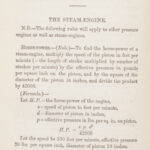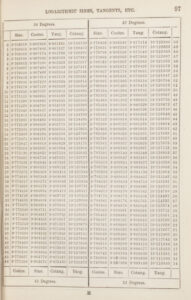Until late in the 20th century, once an MIT student had determined a major – say, physics or mechanical engineering – he or she would purchase a relevant handbook, with the expectation that it would serve as a handy and valuable reference tool for years and years. For mechanical engineers it was Marks’ Standard Handbook; chemical engineering majors bought Perry’s; for physicists it was CRC. The MIT Libraries also bought copies of these and many others, all of which saw heavy use.
But the handbook paradigm has shifted. The Libraries still purchase handbooks, but they’re made available largely  online, since such “quick lookup” material works so well in digital format. Unlike their counterparts from as recently as 20 years ago, MIT students today are unlikely to purchase a print handbook regardless of their discipline. When they need the data contained in a handbook, they hit their laptops.
online, since such “quick lookup” material works so well in digital format. Unlike their counterparts from as recently as 20 years ago, MIT students today are unlikely to purchase a print handbook regardless of their discipline. When they need the data contained in a handbook, they hit their laptops.
Our entry for 1863 is a charming example of what was once an indispensable tool for the engineer in the field or at the office. With its quaint title and its price both stamped in gold on a nicely textured cover, the handbook is a compact, convenient, and handsome object. It lists squares, cubes, sines, and cosines, and contains formulae pertaining to roofs, boilers, railways, lighthouses, and so on.
 Francis Campin wrote prolifically on engineering topics, and the Libraries own at least a half dozen of his titles. This one, he confidently claims, offers in its 192 pages “all that is commonly required” for the practical engineer.
Francis Campin wrote prolifically on engineering topics, and the Libraries own at least a half dozen of his titles. This one, he confidently claims, offers in its 192 pages “all that is commonly required” for the practical engineer.

